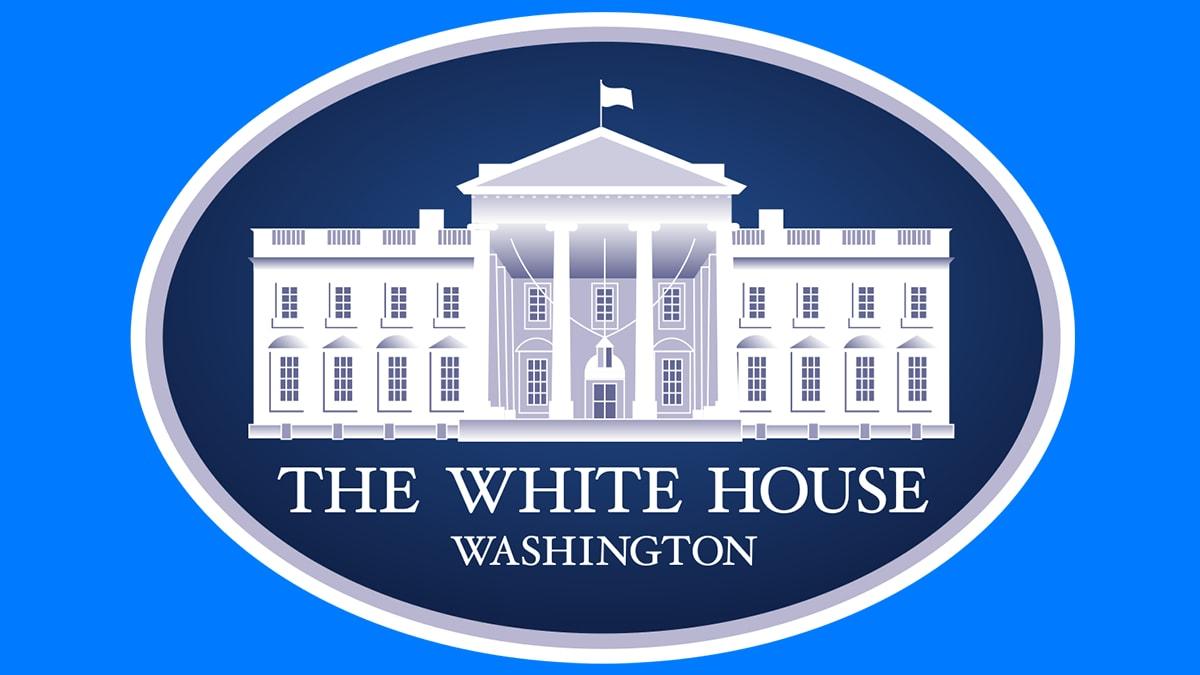President Biden made history this week by signing the most comprehensive executive order to date governing the development and use of artificial intelligence. The wide-ranging order lays out new standards and initiatives to manage risks, protect rights, spur innovation and advance AI leadership. I analyze the key components below.
New Safety and Security Standards
The order establishes the first government-mandated safety framework for AI development. Companies creating high-risk systems like autonomous weapons or critical infrastructure controls will now be required to submit results from rigorous third-party testing before deployment.
The National Institute of Standards and Technology (NIST) is charged with defining standards and tools to assess AI risks. All federal agencies must then apply these standards, especially in sectors like defense and homeland security. NIST will also develop standards to screen for dangerous biological materials enabled by AI.
These testing and screening requirements are a seismic shift. The onus is now on AI developers to prove safety and security rather than just claiming it. The standards apply through procurement and regulation, so most US companies have incentive to comply.
Protecting Privacy Rights
The order reaffirms the urgent need for federal data privacy legislation. It promotes privacy-enhancing techniques like data minimization, anonymity, and decentralized learning. Federal agencies must prioritize technologies that train AI models without exposing sensitive data.
The order expands oversight of how agencies use commercial data, including from brokers. It closes AI-specific privacy gaps, like generating synthetic profiles from public data. While limited to government use, the provisions nudge the AI industry toward better privacy practices.
Advancing Equity
One of the thorniest issues in AI is its tendency to amplify biases and unfairness when applied carelessly. This order puts civil rights at the center. It directs federal departments to develop best practices for ensuring algorithmic fairness in areas like law enforcement predictive analytics.
Guidance for federal housing and benefits programs will address AI discrimination issues. DOJ and civil rights offices are tasked with more technical assistance and enforcement in AI bias cases. While broader legislation is still needed, these are steps toward equity.
Protecting Consumers and Patients
The order contains several first-of-their-kind consumer protections. HHS will create an AI safety program to investigate harm, akin to the FDA but for healthcare algorithms. Guidance for federal contractors will limit unfair AI uses in hiring, housing, and lending.
In a promising move, the Department of Education will develop resources to help schools responsibly deploy AI tutors. With proper oversight, AI could make personalized instruction more accessible.
Supporting Workers
The job losses predicted with advances like self-driving trucks are controversial. This order takes welcome steps to smooth the transition for workers. It directs the government to create standards that prevent AI from enabling unfair hiring, invasive monitoring and retaliation against organizing.
A federal report will also study options for supporting displaced workers, like unemployment benefits and retraining programs. With good planning, AI can augment human skills rather than replace jobs entirely.
Spurring Innovation
Maintaining US leadership in AI research is a priority. The order invests in next-generation AI through university grants, startup assistance and computing resources. Opening visa access for technical talent also aims to retain competitiveness.
Guidance for agile procurement and contracting will make it easier for federal agencies to adopt cutting-edge AI responsibly. But the order maintains scrutiny on anticompetitive practices by tech giants, signaling a balanced approach.
Advancing International Cooperation
Global coordination is essential for AI governance. The order makes this a diplomatic priority and ensures US technical standards align internationally. State Department summits will develop shared principles for safety, ethics, and human rights.
Avoiding unilateral regulation reduces barriers to trade while allowing space for American values. The US can now assert moral authority based on this comprehensive domestic policy.
Responsible Government Adoption
The federal government itself runs on outdated technology ill-suited for AI. Directives here aim to change that by accelerating hiring, upskilling the workforce, and upgrading data systems. Responsible AI use cases like personalized benefits are encouraged.
The goal is to lead by example – if agencies implement internal guidelines well, it builds public trust for broader adoption. With proper safeguards, government AI can better serve citizens as intended.
White House Makes Its Move
This executive order sets vital new norms that will shape the AI industry worldwide. Compliance is incentivized through federal procurement requirements for companies that wish to work with government agencies. Of course, legislation from Congress is still needed to enact some of the more expansive reforms.
Overall, this comprehensive plan puts people first. It balances innovation with overdue protection and risk mitigation. Citizens cannot afford to cede AI entirely to corporate interests; democratic values must be encoded upfront. This order moves decidedly in that direction. The true test will be effective execution and ongoing evolution as AI capabilities grow. But it puts America on the right starting path.
